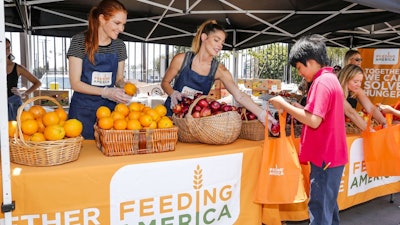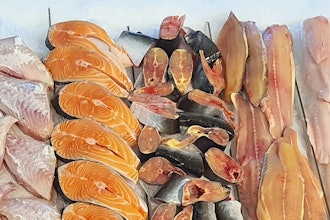
CHICAGO — Feeding America, the nation's largest domestic hunger-relief organization, announced Wednesday that an estimated $1.4 billion in additional resources will be needed over the next six months to provide enough food for our neighbors struggling with hunger — a 30 percent increase to the baseline six-month operating costs of 200 member food banks nationwide.

"The people we serve and the charitable food system in the United States are facing a 'perfect storm,' with surges in demand, declines in food donations and volunteers, and disruptions to normal operating procedures, as a result of the COVID-19 crisis," said Claire Babineaux-Fontenot, CEO of Feeding America. "It is all of our neighbors who now more than ever need help putting food on their tables."
According to Heather Schlesinger of the Atlanta Community Food Bank, "We are distributing an additional 250,000 pounds of food per week to support five local urban and suburban school districts that are closed. We have stopped using volunteers inside our building – we typically use close to 600 per week. We have spent more than $500,000 in the last seven days on food purchasing vs. a typical week of less than $50,000."
An initial impact analysis of the COVID-19 crisis and CEO pulse surveys of the Feeding America food bank network were conducted from March 19 to March 23. The assessment includes survey results from 99 percent of the food bank network; analyses by Dr. Craig Gundersen, lead researcher for the Map the Meal Gap study; and national food sourcing data to quantify specific challenges faced.
Key Findings
- Within a week of CDC guidelines on social distancing to reduce the spread of COVID-19, 41% of food banks were already reporting an immediate critical funding shortfall.
- Throughout the Feeding America network, 65% of food banks reported an immediate need for disaster food boxes totaling 493 truckloads.
- Service jobs make up one-sixth of the U.S. labor force, and 1 in 6 service industry workers are food insecure.






















